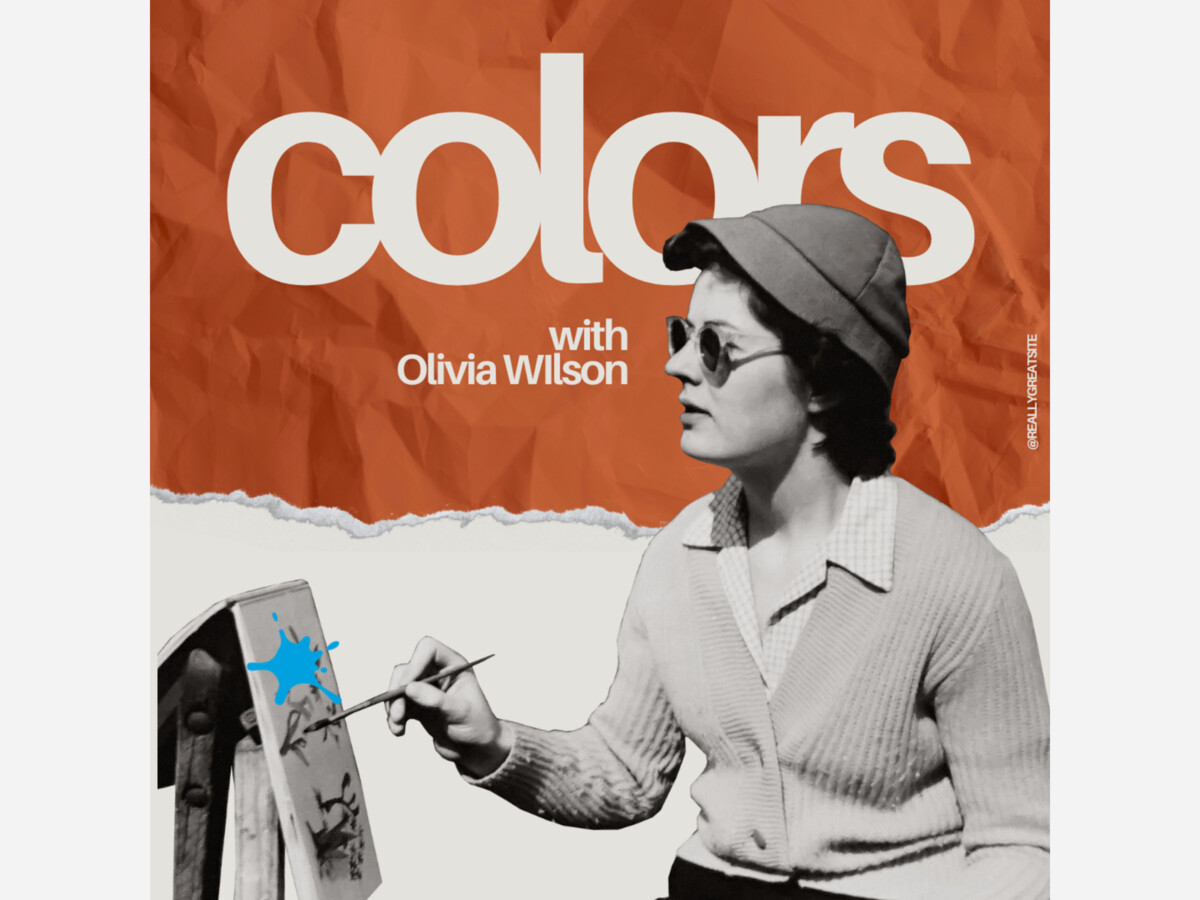Image


The gig economy has become a defining feature of the contemporary job market, offering individuals the opportunity to work on a flexible basis and pursue their passions. Creative minds, including musicians, writers, and actors, have found both opportunities and challenges within this dynamic and ever-evolving landscape.
The Evolution of the Gig Economy
The concept of gig work is not new, with roots tracing back to traditional freelance work and part-time jobs. However, the advent of digital platforms and technology has significantly transformed and expanded the gig economy. The rise of companies like Uber, TaskRabbit, and Upwork has provided a platform for freelancers to connect with clients in real-time, creating a new era of gig work.
Pioneering Gig Startups
Uber, founded in 2009, is often credited with popularizing the gig economy by connecting drivers with passengers through a user-friendly app. TaskRabbit, launched in 2008, created a platform for individuals to outsource small tasks to a network of freelancers. These companies paved the way for the gig economy's growth, inspiring countless startups to embrace the flexible work model.
Ease of Entry and Wages in the Gig Economy
One of the key advantages of the gig economy is its accessibility. Creative individuals can easily enter the market, offering their skills and services without the constraints of traditional employment structures. However, this ease of entry comes with its own set of challenges. Gig workers often face fluctuating demand, job insecurity, and variable income, making financial stability a constant concern.
It is not uncommon to hear artists say they have experienced both the liberating and constraining aspects of gig work. While platforms like Patreon and Fiverr empower creators to monetize their art directly, the competition is fierce, and earnings can be unpredictable. Striking a balance between creative pursuits and financial stability remains a persistent challenge for many.
Washington DC's Creative Scene
Washington DC boasts a vibrant and diverse creative scene, with a rich tapestry of artists contributing to the cultural landscape. The city's theaters, galleries, and music venues serve as incubators for talent, attracting creatives from all walks of life. However, participants in the gig economy face the dual challenge of pursuing their art while navigating the city's high cost of living.
Fluctuations in Creativity
Creative individuals in Washington DC often find themselves navigating the ebb and flow of opportunities. Music venues may flourish one month and face closures the next, affecting musicians' ability to secure consistent gigs. Writers and actors similarly contend with the unpredictable nature of their industries, where demand can be as transient as the seasons.
Supporting Creatives in the Gig Economy
As consumers and community members, the general public plays a crucial role in supporting creatives as they navigate the challenges of the gig economy. Attending local performances, purchasing artwork, and contributing to crowdfunding campaigns are tangible ways to bolster the financial well-being of artists. Additionally, advocating for fair compensation and recognition of creative work helps establish a more sustainable and equitable gig economy for all.
As we continue to embrace the gig economy, it is essential for society to recognize and actively support the invaluable contributions of creatives, ensuring that they can thrive in this dynamic and evolving ecosystem.